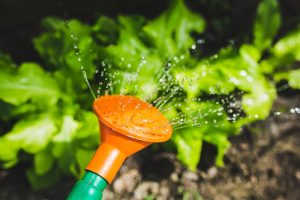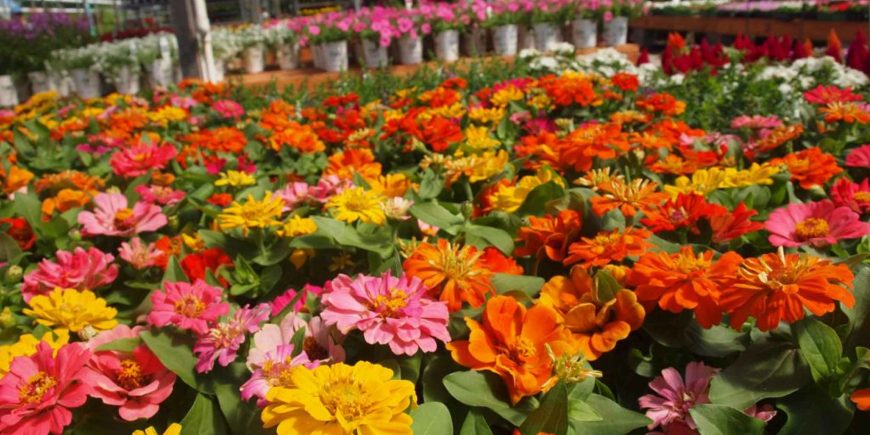 The fastest way to get that deep layer of fertile soil is to make raised beds. Raised beds yield up to four times more than the same amount of space planted in rows. That’s due not only to their loose, fertile soil but also to efficient spacing—by using less space for paths, you have more room to grow plants.
The fastest way to get that deep layer of fertile soil is to make raised beds. Raised beds yield up to four times more than the same amount of space planted in rows. That’s due not only to their loose, fertile soil but also to efficient spacing—by using less space for paths, you have more room to grow plants.
Raised beds save you time, too. One researcher tracked the time it took to plant and maintain a 30-by-30-foot garden planted in beds, and found that he needed to spend just 27 hours in the garden from mid-May to mid-October. Yet he was able to harvest 1,900 pounds of fresh vegetables—that’s a year’s supply of food for three people from about 3 total days of work!
How do raised beds save so much time? Plants grow close enough together to shade out competing weeds so you spend less time weeding. The close spacing also makes watering and harvesting more efficient.
Related: The Ultimate Compost Bin
Round Out Your Beds
The shape of your beds can make a difference, too. Raised beds are more space-efficient if the tops are gently rounded to form an arc. A rounded bed that is 5 feet wide across its base, for instance, will give you a 6-foot-wide arc above it—creating a planting surface that’s a foot wider than that of a flat bed. That foot might not seem like much, but multiply it by the length of your bed and you’ll see that it can make a big difference in total planting area.
In a 20-foot-long bed, for example, rounding the top increases your total planting area from 100 to 120 square feet. That’s a 20 percent gain in planting space in a bed that takes up the same amount of ground space. Lettuce, spinach, and other greens are perfect crops for planting on the edges of a rounded bed.

